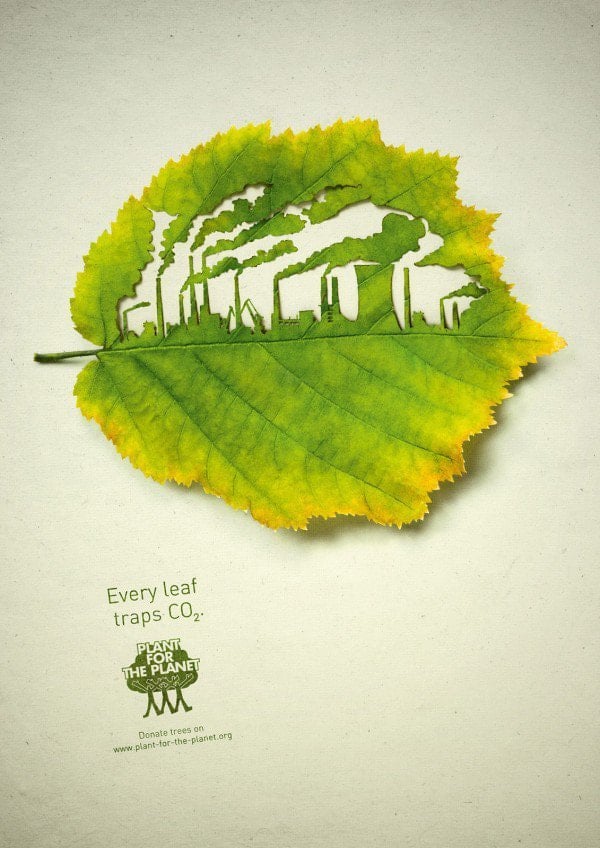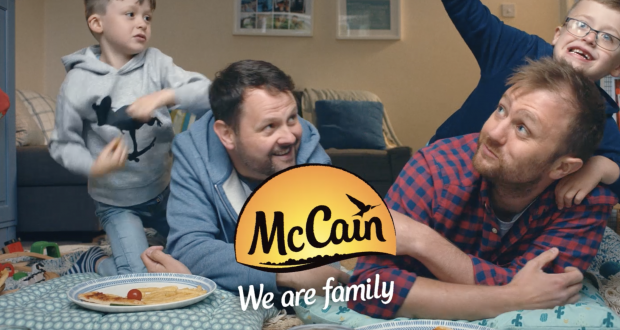
The Food and Drug Administration (FDA) regulates food and drugs in the United States. Its mission is to ensure that the public is safe from dangerous products and protect medical devices and medicines. It is a regulatory body that was established in the beginning of the twentieth century. Its regulations regarding drug advertising remained unchanged until the 1960s.
Although the FDA is an important agency, it is not the only one in the United States that can regulate drug advertising. Many countries around world have banned or restricted drug marketing.
The FDA does not prohibit direct advertising of prescription medicines in the United States. However it does require all advertisers comply with certain rules. This includes not claiming any specific medical benefits, not exaggerating the side effects, and not giving misleading information. Drug companies must disclose all benefits and risks associated with their products.

Television advertisements are one of the best ways drug companies can get people to buy their drugs. These ads often feature clever video productions and music that are designed to encourage people to be enthusiastic about the medication. These ads can influence people to purchase expensive medications by urging them to "ask their doctor" about the product.
Merck's Vioxx, an antibiotic for inflammation, had a $2.5 Billion annual sales figure in the early 2000s. In a 60 second spot, Dorothy Hamill, figure skater, promoted the drug. Merck released the drug and the FDA couldn't stop them. Because Merck needed to prove its "substantial" effectiveness, the FDA was unable to stop it.
The American Medical Association is also urging against drug commercials. They argue that they make it more likely that people will take expensive drugs and encourage consumers to switch to less expensive brands. Pharmaceutical companies claim that these advertisements help them develop new medicines and that they don't want people to be scared off expensive medicines.
The FDA's ad rule is not as rigid as it once was. The FDA has relaxed certain policies, particularly regarding TV ads. The FDA had previously required that companies disclose certain information when advertising before the study was done. To air a TV ad for a drug, it must include a 1-800 number. The FDA also required that all ads include a complete list of possible adverse health effects.

A recent study evaluated the impact of anti-drug television ads on high school and middle school students. In particular, the researchers investigated the relationship between antidrug commercials on television and drug usage, attitudes toward drug addiction, and beliefs and fears about drug use. The results varied by grade.
The recall of anti-drug advertising was more common in high school than it was for middle school students. In 1997, there were significantly fewer youth who had been exposed to antidrug television advertisements than 1995. There was also a strong correlation between anti-drug TV advertisements and anti-marijuana-focused antidrug advertising. A strong relationship was found between youth's exposure to anti-drug advertisements and their attitudes about substance use.
FAQ
What do you need to know about radio advertising?
It is important to understand the interdependence of different media types. All media forms can be considered complementary, rather than competing.
Radio is best used to complement television advertising. It can reinforce key messages and provide additional information.
Radio listeners may find TV commercials too long. Radio ads are often shorter and cheaper.
What are the basics of internet advertising?
Internet advertising is an essential part of every business strategy. It allows companies to reach potential customers at low costs. There are many kinds of internet advertising. Some are free while others may require payment.
There are many ways to advertise online, including pop-up ads and banner ads. Each method comes with its own set of advantages and disadvantages.
Is it possible for traffic to be free?
The traffic that is free comes from organic search results and does not require you to pay for ads. This type is known as natural, or organic traffic. There are many options to get free traffic like article marketing and social media marketing.
Article Marketing is one of the most popular methods of getting free traffic because articles have an extremely low cost per click (CPC). Paying for ads is often more expensive than CPC. Content marketing is also known by the term article marketing.
Social Media Marketing – Social media platforms like Facebook, Twitter and LinkedIn let you promote your business via advertising. These sites allow you to update, share photos, and develop relationships with people who could become customers. Many businesses decide to purchase advertising space on social media sites to reach a wider audience and at a much lower cost.
Blogging - Another great way to generate traffic is blogging. Quality content that is enjoyable to read will attract people. You can sell products and services once you have attracted visitors to your blog.
Email Marketing - Email marketing has been around since the early days of the Internet, but today it still remains one of the best ways to drive traffic to your website. Sending emails regularly is a good strategy to grow your list of subscribers and eventually sell them something.
What is an advertiser buyer?
An advertiser purchases advertising space on TV, radio or print media.
Advertisers pay only for the time their message is to appear.
They don't necessarily want the best ad, but they are more interested in what is most effective at reaching their target audience.
An advertiser might have details about potential customers, including their age, gender and income.
This data can be used by the advertiser to decide which media is most effective for them. An example is direct mail that appeals to older people.
Advertisers also consider the competition. Advertisers may choose to place ads near competitors if there are similar businesses in the area.
Advertisers must also take into account the size of their budget as well as the time it will take to spend the money before it expires.
Advertising what is it?
Advertising is an art. Advertising is not about selling products. It's about building emotional connections between brands and people.
Advertising is all about telling stories with images and communicating ideas.
You have to make sure you are communicating clearly and persuasively. It is important to share a story that appeals to your target audience.
This makes advertising different from other forms of communication, such as public speaking, writing, or presentations.
Because when you create a successful ad campaign, you are creating a brand identity for yourself.
This is how to be remembered. You will be remembered by others.
What is an Ad Campaign?
An advertising campaign is a series of advertisements designed to promote a product or service. It can also refer to the whole production of such ads.
"Ad" is a Latin word that means "to sell." Marcus Terentius Varro, 116-27 BC, was the first to use it. He used it as a verb that meant "to make a sales."
Advertising campaigns are most often done by large agencies or businesses. Advertising campaigns can involve many media types, such as television, radio, print, and the internet.
Advertising campaigns typically last for several months and have specific goals. Some campaigns are designed to increase awareness, while others aim to increase sales.
How much does it cost to advertise on social media?
It is important to know that advertising on social media platforms is not free if you decide to do this route. You will be charged monthly for your time spent on each platform.
Facebook - $0.10 per 1,000 impressions
Twitter - $0.20 Per 1,000 Impressions (if you tweet).
Linkedin - $0.30 for 1,000 impressions if your send out invitations
Instagram - $0.50 per 1,000 impressions.
Snapchat - $0.60 per 1,000 impressions ($0.40/user)
YouTube – $0.25 per 1000 views
Tumblr: $0.15 per 1,000 impressions of text posts
Pinterest - $0.05 per 1,000 impressions per month
Google+ - $0.15 to $0.0.20 per 1,000,000 impressions
Tumblr $0.15- $0.20 for 100,000 impressions
Vimeo - $0.20 to $0.25 per 10,000 impressions
Soundcloud - $0.20-$0.25 per 1 million plays
StumbleUpon - $0.20 -$0.25 per 1 billion pageviews
Digg – $0.20 - 0.25 per 1000 diggs
Reddit $0.20-$0.25/1000 comments
Wordpress - $0.20 to-$0.25 for 500 comments
Flickr - $0.20 -- $0.25 per 5,000 photo uploads
Statistics
- It's 100% reliant on your website traffic. (quicksprout.com)
- Worldwide spending on advertising in 2015 amounted to an estimated US$529.43 billion. (en.wikipedia.org)
- Advertising's projected distribution for 2017 was 40.4% on TV, 33.3% on digital, 9% on newspapers, 6.9% on magazines, 5.8% outdoor, and 4.3% on radio. (en.wikipedia.org)
- Advertising spending as a share of GDP was about 2.9 percent. (en.wikipedia.org)
External Links
How To
How to advertise on Facebook
Facebook is one the most used social media platforms in the world. Facebook is used daily by approximately 1 billion people every month. Facebook is the largest company in the world. The popularity of Facebook is mainly due to its unique features such as chat, video calls, games, etc. People with Facebook accounts can share photos, post comments, send messages, play games, watch videos, and much more. Facebook allows businesses to advertise. Advertisements can be text ads, banner ads or sponsored stories.
Facebook advertising can be done in two ways. You can pay for advertising. Another way is to use free methods. Below, we will show you how to do both of these things.
How to advertise Facebook using paid options
Paid advertising on Facebook involves paying Facebook for each impression. You can either pay monthly or annually. Facebook offers paid advertising in many forms. These include:
Text ads - These are similar to regular text ads. They are displayed above or below newsfeed items, but not next to them.
Banner ads are large rectangular images that take up a whole screen page. They typically advertise an offer, or a product.
Promoted Posts: These posts appear at or near the top of your newsfeed. Businesses use promoted posts often to promote products.
Sponsored Story - These are short stories that contain relevant content and appear at users' top feeds. These stories are paid by brands and businesses seeking to reach potential customers.
Advertising using Free Options
Facebook allows you to advertise for free using the same methods that regular Facebook. These include text ads (banner ads), banner ads, promoted post, sponsored stories and other forms.
However, unlike regular Facebook, you cannot create a custom audience when doing free advertising. You can only target people based on age, gender, location, language, interests, and relationship status.
How to get started advertising on Facebook
To advertise on Facebook, you must first create an account. This will allow you to access all tools. Follow the below steps to set-up your account.
-
Click "Create an entirely new ad group."
-
You can enter a name to create your ad group.
-
Select the type of advertisement you would like to place (text, image, video).
-
Select the locations that you wish to target.
-
Fix the budget amount.
-
You can select Facebook Audience Network from this drop-down menu.
-
Click "Next Step"
-
Click "Review & Continue".
-
After reviewing your selections, click "Continue".
-
Fill out any additional information.
-
Click "Save Changes."
-
Wait until your ad-campaign has ended before you start your campaign.
-
When your campaign is complete, click "View Ad Statistics."
-
See the results of your campaigns.
-
Continue to repeat steps 13-16 until your business has the right settings.
-
Advertise!